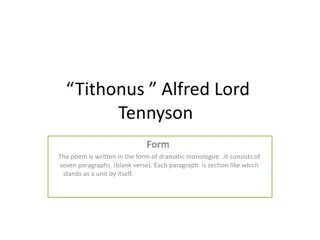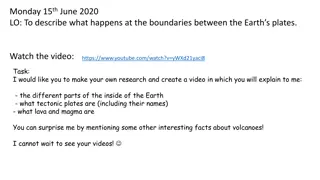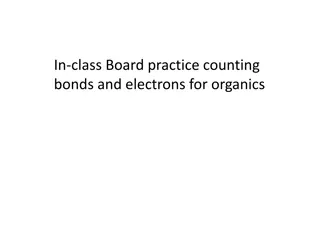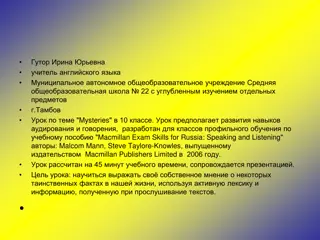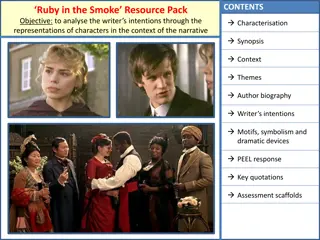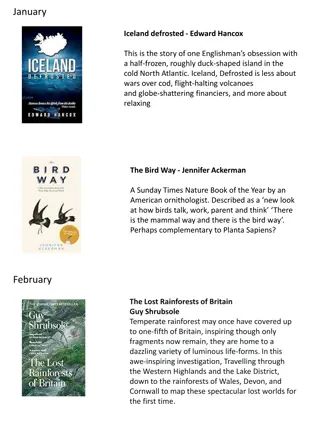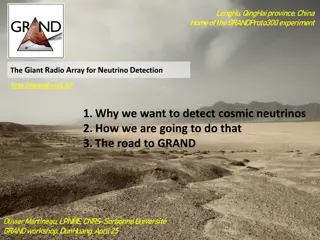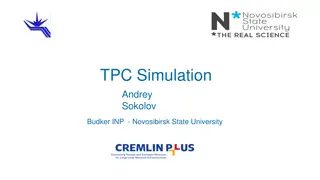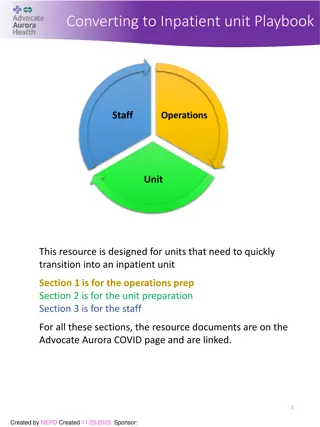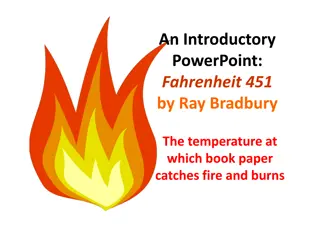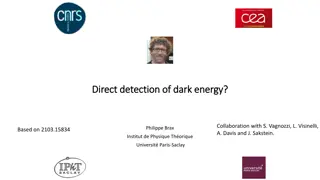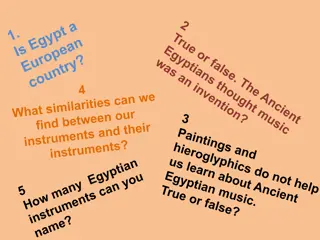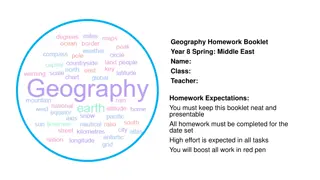Delving into the Mysteries of the Aurora Borealis
Unveil the enchanting secrets of the Aurora Borealis, also known as the Northern Lights. Discover the origins of its name, the mythical ties to Roman goddess Aurora, the scientific explanations behind its occurrence, and the optimal locations and seasons for witnessing this breathtaking natural phenomenon.
Download Presentation

Please find below an Image/Link to download the presentation.
The content on the website is provided AS IS for your information and personal use only. It may not be sold, licensed, or shared on other websites without obtaining consent from the author. Download presentation by click this link. If you encounter any issues during the download, it is possible that the publisher has removed the file from their server.
E N D
Presentation Transcript
THE AURORA BOREALIS
AURORA BOREALIS-what does it mean? AURORA is a Latin word. Aurora was the Roman Goddess of the Dawn. In Roman mythology, Aurora renewed herself every morning and flew across the sky, announcing the arrival of the Sun. She has two siblings, a brother (Sol, the Sun) and a sister (Luna, the Moon) Apollo and Aur ra, 1671 by Gerard de Lairesse
AURORA BOREALIS-what does it mean? BOREALIS is also a Latin word. It means 'Northern . The Aurora Borealis (also known as the Northern Lights) is a phenomenon that occurs in the Northern Hemisphere. The phrase Aurora Borealis was said to have been coined by French philosopher Petrus Gassendus after a spectacular display seen in France Sept. 2, 1621.
What causes the Aurora Borealis to occur? The earth's core is made up of molten iron. This causes a magnetic charge around the earth (compasses point north due to this). Whenever anything is floating in our atmosphere and is magnetised, it is pulled North towards this invisible magnetic North pole.
What causes the Aurora Borealis to occur? When tiny magnetised molecules from the sun finally hit our atmosphere, they are pulled towards the magnetic North Pole. Our air is not empty. Our air is a vast sea of oxygen and other gases. When energy molecules from the sun hit our atmosphere, they can react with these gases under certain circumstances.
This is the beautiful 'Aurora Borealis'
Where can the Aurora Borealis occur? Located around both magnetic poles is an oval known as the Aurora Oval. The area directly beneath this oval is the best place to see a display. -Yellowknife, Canada -Fairbanks, Alaska -Lapland, Norway These are the best places to see an Aurora Borealis display.
When does the Aurora Borealis occur? The Aurora Borealis tends to be most visible in the winter. It may occur in the summer or autumn, but it needs a clear sky and this is more common in winter in that part of the world.


